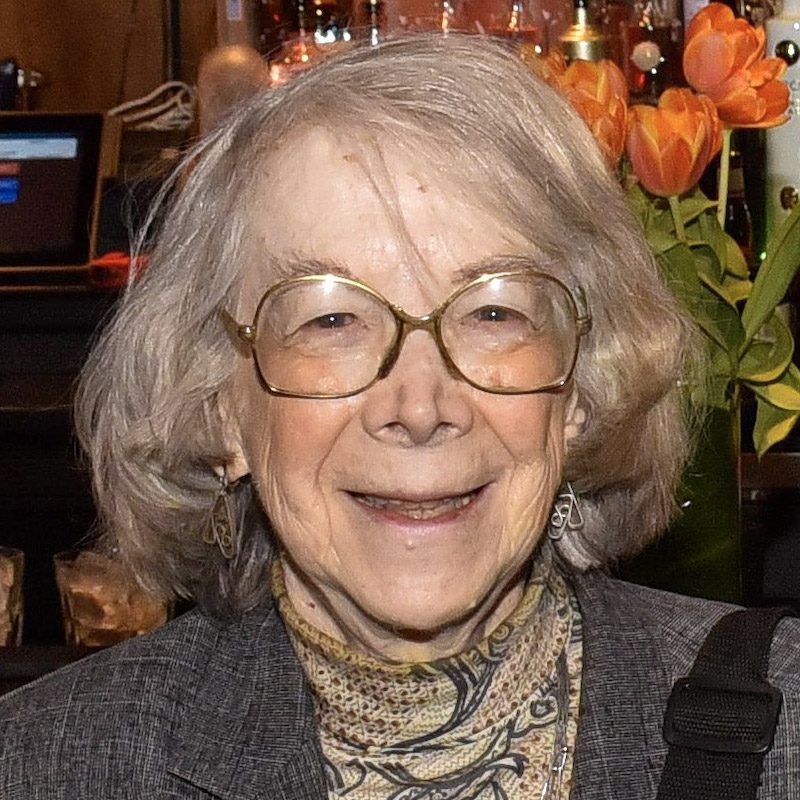Some Much-Needed (Applicant-Friendly) Clarification on Priority Claims at the European Patent Office | Goodwin
On October 10, 2023, the Enlarged Board of Appeal of the European Patent Office (EPO) issued a consolidated decision in cases G1/22 and G2/22 clarifying a common issue regarding the validity of a priority claim made at the EPO. Per the Board of Appeal, there is a rebuttable presumption that an Applicant claiming priority is entitled to claim that priority.
While this clarification is certainly helpful for Applicants whose patents are being challenged in a European (EP) Opposition, best practice is still (1) to ensure that all your employees have signed an agreement presently assigning their rights in any future inventions made as employees of the company to the company (using the “do hereby assign” language necessitated by Stanford v. Roche)1; and (2) to obtain (and record where possible) assignments specific to any priority applications (e.g., U.S. provisional application(s)) and then the first non-provisional application(s) in a patent family (e.g., an international (PCT) application).
The question of validity of a priority claim would often arise in an EPO Opposition proceeding if the Applicant(s) on the priority document (for example, a US provisional application) did not match the Applicant(s) on the subsequent PCT or EP application. This generally happened where the inventors (e.g., employees of a company) were listed as the applicants on a US provisional application and the company (e.g., an employer) was the applicant on the subsequent PCT application. Until the implementation of the AIA (in 2011), US patent law required that an application be filed in the name of the inventors.
G1/22 and G2/22 concerned the validity of the priority claims for granted European patent EP 1755674 (the “EP Patent”), a national stage entry of WO 2005/110481 filed in 2005 by Alexion Pharmaceuticals, Inc. (“Alexion”) (Alexion was acquired by AstraZeneca in 2021) and the University of Western Ontario. The EP Patent claimed priority to a US provisional application filed in 2004 (pre-AIA) in the name of the inventors. Novartis AG and F. Hoffmann-La Roche AG/Chugai Pharmaceutical Co. Ltd. each filed an Opposition to the EP Patent challenging the validity of the priority claims.
In G1/22 and G2/22, two questions were under consideration:
- Does the European Patent Convention (EPC) confer jurisdiction on the EPO to determine whether a party validly claims to be a successor in title as referred to in Article 87(1)(b) EPC?
- If question 1 is answered to the affirmative, can a party B validly rely on the priority right claimed in a PCT-application for the purpose of claiming priority rights under Article 87(1) EPC in the case where
- a PCT-application designates party A as applicant for the US only and party B as applicant for other designated States, including regional European patent protection and
- the PCT-application claims priority from an earlier patent application that designates party A as the applicant and
- the priority claimed in the PCT-application is in compliance with Article 4 of the Paris Convention?
With regard to Question 1, the Board of Appeal noted:
The European Patent Office is competent to assess whether a party is entitled to claim priority under Article 87(1) EPC.
There is a rebuttable presumption under the autonomous law of the EPC that the applicant claiming priority in accordance with Article 88(1) EPC and the corresponding Implementing Regulations is entitled to claim priority (emphasis added). (Consolidated cases G 0001/22 and G 0002/22)
With regard to Question 2, the Board of Appeal noted:
The rebuttable presumption also applies in situations where the European patent application derives from a PCT application and/or where the priority applicant(s) are not identical with the subsequent applicant(s).
In a situation where a PCT application is jointly filed by parties A and B, (i) designating party A for one or more designated States and party B for one or more other designated States, and (ii) claiming priority from an earlier patent application designating party A as the applicant, the joint filing implies an agreement between parties A and B allowing party B to rely on the priority, unless there are substantial factual indications to the contrary. (Consolidated cases G 0001/22 and G 0002/22)
[1] 563 U.S. 776 (2011).
[View source.]






